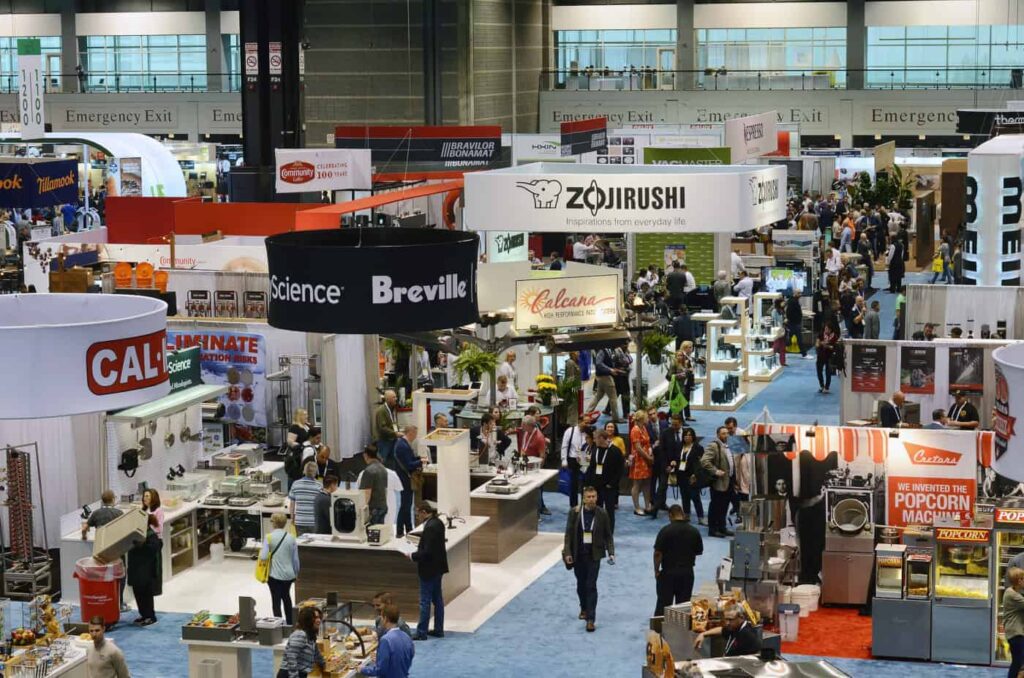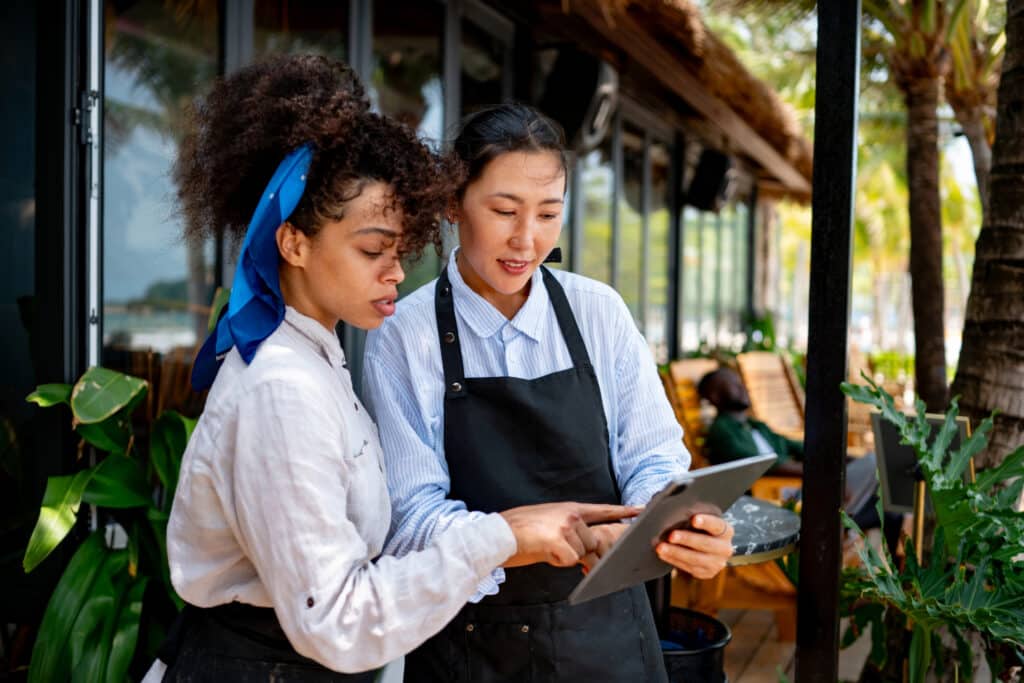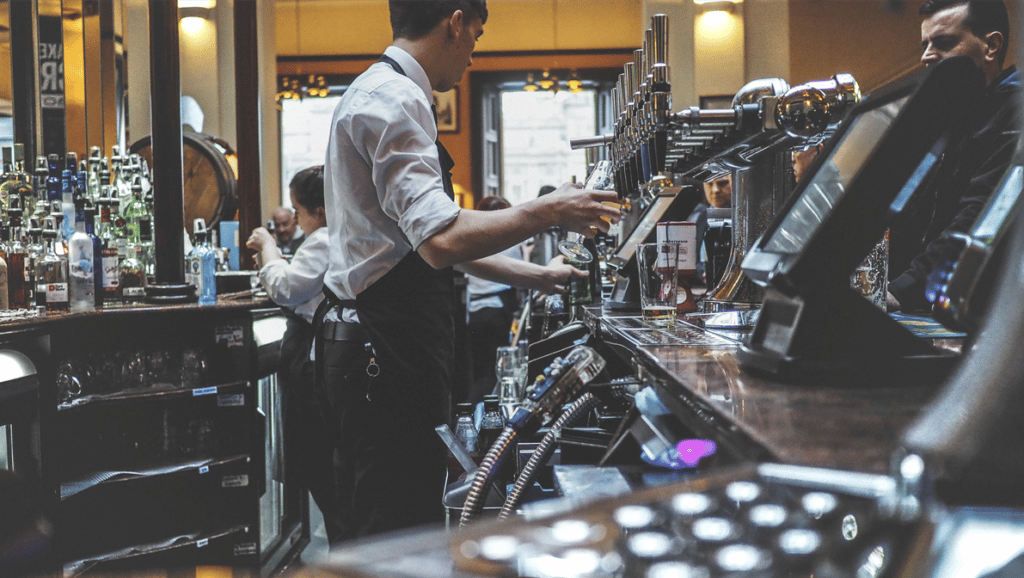What are KPIs in restaurants?
KPI is short for Key Performance Indicators used to gauge a business’s performance. In a restaurant KPIs, operators analyze data collected from past performance to understand what is working and what is not working within their business, goals for improvement are set, and progress toward these goals is tracked.
Why are restaurant KPIs important?
KPIs provide a clear picture of a restaurant’s performance so energy can be focused on the areas that need it most.
What are the types of KPIs?
Because KPIs are set based on a company’s individual performance they will vary for each business, but they are commonly grouped within strategic, financial, and operational goals.
What restaurant KPIs should I track?
Depending on your individual goals, the list of possible restaurant KPIs to track can become overwhelming. But if you are just getting started on your journey to improve the health of your business, we have formulated a condensed list of metrics many restaurant operators choose to focus on below.
Prime cost
Your biggest restaurant expenses—food and labor costs—make up your prime cost. Tracking prime cost consistently helps you make informed adjustments about menu prices, inventory, and scheduling. In analyzing your prime cost, you can accurately and confidently create a strategy for tackling food and labor cost control. When creating a KPI to improve prime cost, consider moving beyond general goals to something concrete like “We want to decrease prime cost percentage from 68% to 64% over the next six months.”
Labor cost
On average, most restaurant businesses target a labor cost percentage between 25-35% of sales. If you are not sure how much you are spending on labor as a percentage of your sales, try this free labor cost calculator. Once you know your labor cost, set achievable goals to improve it through improved forecasting, better scheduling, and increased employee efficiency without disrupting customer service.
Cost of goods sold
Your Cost of Goods Sold (CoGS) tracks how much it costs to make each menu item. To understand your CoGS you need to keep accurate periodic inventory. Better inventory control allows you to make data-driven product orders based on what you need given what’s already on the shelves.
You can also use your CoGS data to analyze your actual vs theoretical (AvT) food costs. Essentially, your AvT food cost shows what you should have spent on food costs versus what you actually spent. The variance between the two represents lost profit because of wasted inventory or mistakes, and it gives you a starting point for addressing the root causes of food cost inefficiencies.
Menu efficiency
Making menu changes can boost profits based on two main data points: demand and contribution margin. This is critical data about items sold (pulled from integrated POS sales mix), compared to item contribution margin (drawn from your recipe costing). Armed with this information, you may choose to remove menu items, adjust the pricing of high demand items, or training waitstaff push high contribution items.
You can also make your menu more efficient by finding product that can be multipurposed, especially with items that are quick to spoil. For example, if you purchase cherry tomatoes only to use in the house salad, consider changing the recipe to use quartered seasonal tomatoes that you already purchase to use on burgers and sandwiches.
Food waste
Food waste is one of the largest areas of potential cost savings in a restaurant. The key to reducing food waste lies in prevention, because you can’t waste food that was never ordered, prepped, or served in the first place. Below are ways to use your restaurant data to make intelligent decisions toward reducing waste.
To determine areas where waste can be reduced, it is critical to track every food product. Fortunately, we can use technology to guide us through alleviating the issue of food waste based on your inventory, ordering, and prepping data.
Employee turnover
Addressing a high turnover rate is essential because high turnover is expensive for your restaurant. The cost of replacing an employee covers everything like recruiting, hiring, onboarding, training, and a development period. High levels of turnover can also affect your current staff’s moral if they feel stretched thin to cover gaps in the team.
Server productivity
Tracking server productivity is important for both the customer experience and your bottom line. Evaluating reports such as average sales per server, sales per server hour, average spend per guest, number of guests served per hour, server errors, and guest comps can identify server training opportunities that will boost sales and earn repeat customers.
Table turns
Your “turn time” is how long each party sits. The number of table turns that you do in a night will ultimately affect your guest count. Track how many covers you are seating per shift, how long an average party sits, as well as the average turn time by party size. This data can also be broken down into turn time by server, helping you discover teachable moments to improve how your team is interacting with tables.
How often should I refine restaurant KPIs?
Creating and tracking KPIs isn’t a onetime deal. To really get the most out of the process, KPIs should be re-visited regularly. Many companies review and adjust their KPIs quarterly to be sure they are being met and still align with business objectives.
Conclusion
While it may seem intimidating to grapple with all your restaurant data, starting in a few key areas allows you to address the most critical restaurant KPIs first. And once you can unify your FOH and BOH data, you have a holistic view of your restaurant accounting and operations. The more you know, the more your restaurant profitability can grow!
If you would like to easily track data and gain insight into your operations to increase efficiency and boost profits, consider a comprehensive, restaurant-specific management solution. For more information, schedule a free demo.



